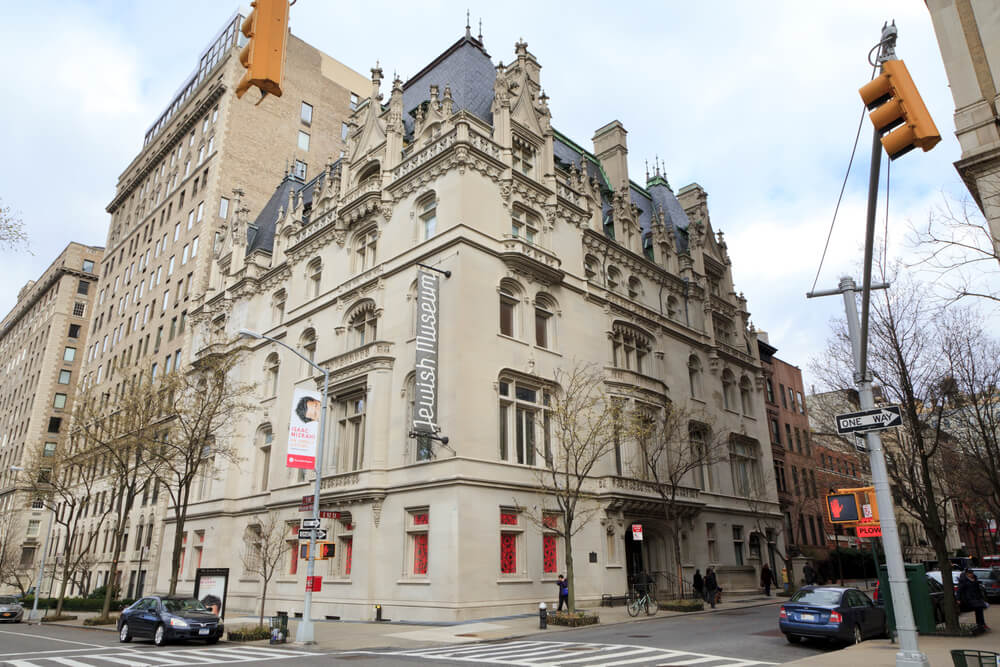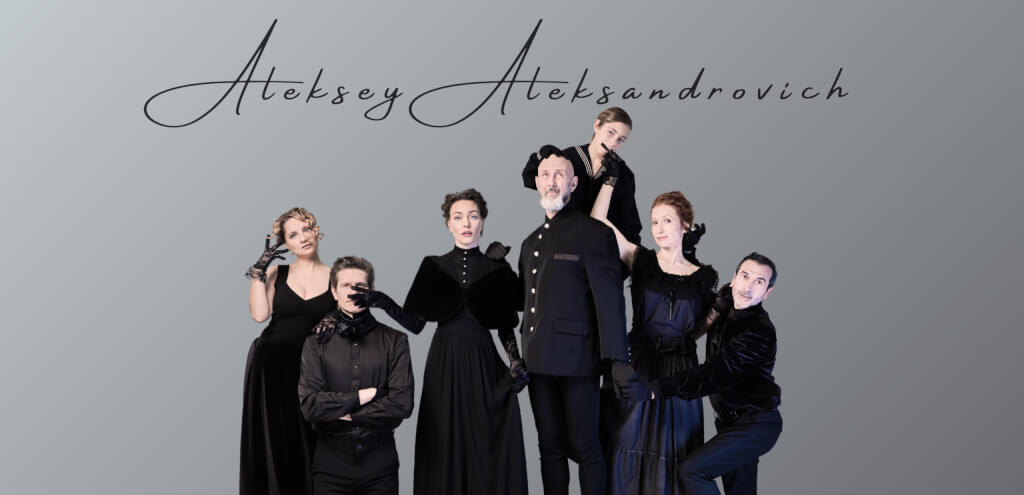The 'Afterlife' of Jewish Masterpieces: How Artworks Stolen During the Holocaust were Recovered
'23.08.2021'
Nurgul Sultanova-Chetin
World War II stole a huge amount of art from the Jews. During the war, the Nazis confiscated (and, in fact, stole) thousands of masterpieces from the Jews of the occupied countries. The approximate number of art objects that were returned to their owners or their heirs is about a million. And how many paintings, graphic works, sculptures and works of applied art burned down in the flames of war and are lost forever is unknown. The Jewish Museum opened the exhibition "The Afterlife: Resurrecting Forgotten Stories of Stolen Art"(Afterlives: Recovering the Lost Stories of Looted Art) in New York, writes "Voice of America".

The organizers have recreated the challenging routes by which the pieces stolen by the Nazis traveled during the war years and after 1945. Some of them were stored in special distribution centers. Many of these stories are like fairy tales. The survival circumstances of the relics were so incredible, and the chances of losing them forever were very high.
Ways of salvation
The exhibition is organized by curators Darsie Alexander and Sam Sackeroff. They decided to use several dozen examples to show the bizarre circumstances of the survival of masterpieces of fine art and the values of Judaica. They have also shown their post-war salvation and "afterlife" in museums and private collections.
Among the exhibited 53 works are the works of outstanding masters of painting of the 19-20 centuries. Gustave Courbet, Camille Pissarro, Paul Cezanne, Paul Klee, Franz Marc, Marc Chagall, Henri Matisse, Pablo Picasso, Pierre Bonnard. Along with them, 80 rare objects of Judaica from synagogues destroyed by the Nazis, archival documents and photographs are exhibited.
“It's been 75 years since the end of World War II,” said Darcy Alexander. - How did the surviving art objects survive, going through all possible trials? We decided to follow these paths, crossing state borders, studying the relationship of those who carried out the seizure and confiscation, collectors and organizations for the restitution of property of victims of the Holocaust. "
The opening of the exhibition was planned for last autumn, but due to the pandemic, the dates had to be postponed.
“This, of course, is a sad circumstance, - said Alexander, - but it added time for us to thoroughly prepare the exhibition. Unfortunately, there was a delay in the printing and transportation of the exhibition catalog - due to interruptions in paper in China, where it was printed, and the blockage of the Suez Canal, which affected delivery times. "
Goering's "collection"
The Nazis, and above all the Nazi bonzes, were interested in art. They were confident that the Third Reich would win the world war and the reverse course of events was impossible. Therefore, insolently and cynically, they took the most valuable works from the Jews.
On the subject: Ararat - a Jewish state near New York: the story of an unfulfilled dream
Sam Sakeroff told the story of two paintings by Henri Matisse that were kidnapped by the Nazis. Having been in the hands of several individuals and organizations, after many years they were reunited. "Daisies" and "Girl in Yellow and Blue with a Guitar" (both from 1939) belonged to the French Jew Paul Rosenberg, the owner of a famous art gallery.
The Nazis stole the paintings from the basement of a bank in Bordeaux, where Rosenberg kept valuable art. He himself managed to leave for America. The Nazis also seized the Rosenberg Gallery in Paris, which they converted into the office of the notorious "Institute for the Study of the Jewish Question." They also organized one of the largest anti-Semitic exhibitions in history.
"Daisies" and "Girl in Yellow and Blue with a Guitar" were first placed in the Louvre Museum and then in the Jeu de Paume Gallery, and both the museum and the gallery were turned by the Nazis into repositories of works of art confiscated from Jews.
Another group of exhibits ended up in the museum thanks to the efforts of the Danzig Jewish community (now the Polish city of Gdansk). They wanted to destroy the main synagogue of the city. Its leaders, with the help of the Joint (American Jewish Joint Distribution Committee) in 1939, shipped ten containers of valuables to the Jewish Theological Seminary in New York. After the war, there was no hope for a revival of Jewish life in Gdansk. In 1954, the materials were transferred to the Jewish Museum.
Trauma destruction
The organizers decided to add custom-made works of four contemporary artists to the exhibition. Thus, they marked the connection between times and the continuity of cultural traditions.
Maria Eichhorn was born in 1962 and works in Berlin. She combined stolen books and archival documents in her installation. They point to the important role of intellectuals such as Hannah Arendt in the restitution of values.
Hadar Gad was born in 1960 and lives in Israel. Hadar expresses his associations about the archival photographs he has seen with the help of large-format paintings.
Video artist Dor Guez was born in 1980 and lives in Israel. Dor reflects mainly on his national identity and family history. In it, Palestinian Christians mingled with Tunisian Jews.
American multimedia artist Lisa Oppenheim was born in 1975 and lives in Brooklyn. She uses archival photographs to comment on the trauma of the destruction and disappearance of works of art.
Routes and destinies
“There are many facets to the restitution problem,” said Darcy Alexander. “In this case, we were interested in the fate of the stolen works of art, their routes and the circumstances of their return to their owners. The Nazis understood that in order to destroy the identity of a nation, its culture must be destroyed. Alas, this monstrous narrative is still used by neo-barbarians today, primarily in Syria and Afghanistan. There is an attack on priceless monuments of antiquity ”.
On the subject: Famous Jews on Broadway: How Immigrants Created the Symbol of New York
The Jewish Museum was founded in 1904. It is located on the famous "Museum Mile" on Manhattan's Fifth Avenue.
It is the first museum of its kind in the United States and one of the oldest museums of Jewish culture in the world. Its collection includes approximately 30 works of art and religious objects. They all reflect four millennia of Jewish history.
The exhibition at the Jewish Museum runs until January 9, 2022.







